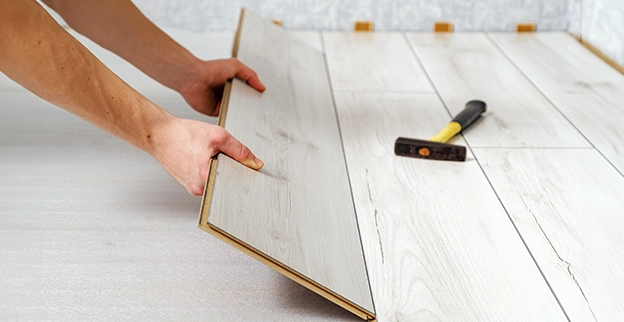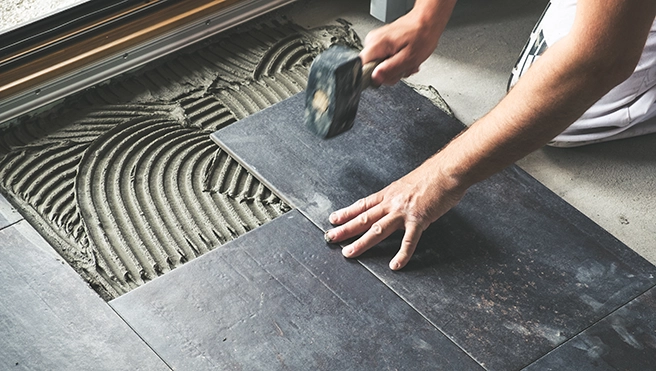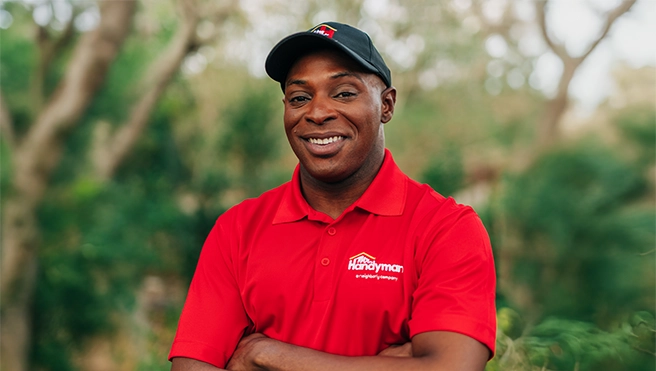No matter what type of floor you need to be repaired in your Charleston home, our handyman experts can get it done properly, efficiently and at an affordable cost. Because we tailor our Charleston flooring repair service to our customers’ unique needs, there is a wide range of repairs and steps that we may take during a service appointment. Below, we’ve included some general details for the four main types of flooring repair in Charleston, SC that our service professionals undertake.
Subfloor Repair
Our Charleston flooring repair service typically starts with an assessment of your floors. Depending on the problem you’re experiencing with your flooring, we may determine that there are structural issues with your subfloor. Your floor joists may need wood rot repair, or you may have mold or termite damage that has developed in the years since receiving your clear CL-100 inspection results.
If subfloor repair is required, we’ll likely have to remove your existing flooring entirely. Damage to this extent, however, is rare. In most cases, your subfloor will be in serviceable condition, and we’ll be able to make your desired hardwood, vinyl, laminate or tile flooring repairs.
Hardwood Flooring Repair
Even if your wood floors are looking scuffed and scratched, you probably don’t want to replace them entirely—nor should you! Hardwood is one of the most expensive materials you can use in your home and will add value to your property. Fortunately, hardwood can generally be repaired quite easily simply by sanding and refinishing. The only exception to this is if you live in a historic home with planks that have been refinished so many times that they’re too thin to be sanded again.
Hardwood flooring repair in Charleston, SC typically involves:
- Eliminating scratches, dents and gouges
- Fixing wear patches
- Staining and sealing
Laminate and Vinyl Flooring Repair
As a more affordable and low-maintenance alternative to hardwood, more and more Charleston homeowners are choosing to use vinyl or laminate flooring in their homes. These two materials can both be classified as ‘floating floors,’ making them easy to install. Unfortunately, because their surfaces are 3D-printed images rather than real wood, they cannot be refinished using sanding.
To repair vinyl floors and laminate floors, we’ll typically need to remove the damaged planks and replace them with new ones. Ideally, you’ll already have extra material on site, but if not, we recommend contacting the manufacturer and finding out whether they still make your design.




